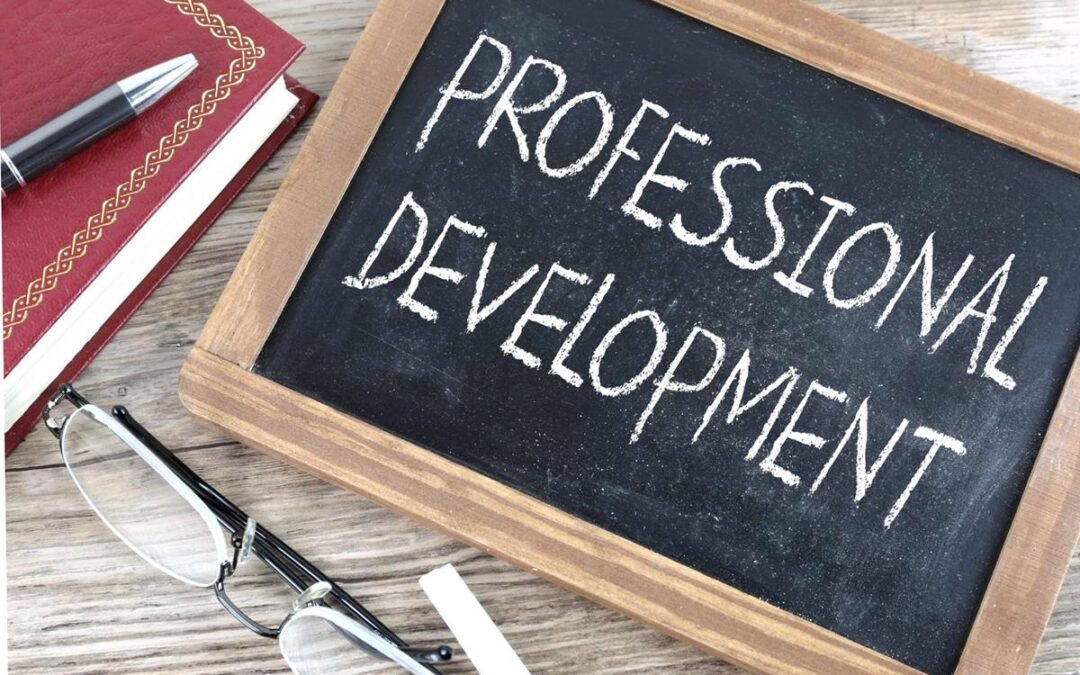
If we keep doing what we’ve always done…

Remember Rowlf the Dog from “The Muppet Show”? Sure, you have images of Miss Piggy, Kermit the Frog, and Fozzie Bear bouncing freely in your memory bank, but no Rowlf the Dog? He may not have been your most favorite Muppet, but now that I’ve mentioned him, you have to admit he was one heck of a piano player.
Why, when tickling the ivories prior to singing “I Hope That Something Better Comes Along” with Kermit in 1979’s The Muppet Movie, he humbly accepts the Frog’s praise by saying, “I’m no Heifetz, but I get by.”
Rowlf was referring to Jascha Heifetz, the Russian-born violin prodigy. This is not the same Heifetz as Ronald A., who in 1994 penned Leadership Without Easy Answers (Harvard University Press), but there’s a connection in here somewhere, I just know it, so stick with me.
In reading Ronald A.’s investigation into a definition of the term “leadership” that takes values into account, I came upon a reference he made to Sidney Hook’s 1943 The Hero in History, in which Hook claims “Some men [sic] are eventful, while others are event-making.”
History shines a light on event-makers. For some, it’s a spotlight, illuminating the great and wondrous innovations produced by a person of action. For others, it’s the single dangling 100-watt bulb of a damp interrogation room, demanding explanation for unwarranted deeds. Either way, event-makers make history — and, in the end, we’re all just history, aren’t we?
By the way, who invented the electric light bulb? That’s correct: Thomas Edison. And who didn’t invent the light bulb? Correct again: Every other unnamed person on the face of the earth. Who do you remember? Who does history favor, then? Thrice correct: The event-maker.
At the risk of inundating you with Cliff Clavinesque facts, wasn’t it Ferdinand Magellan who first circumnavigated the globe in 1519-1521? This Portuguese explorer had devised a plan, refused to accept “no” as an answer, and leapt forward to carry it out — he was an event-maker.
To relate this to leadership in today’s world, sometimes the best course of action is one that no one has ever taken before. Our teams’ new and varied needs scream out for a divergent approach. Sometimes it’s okay to shun the status quo — verily, there are times that it’s preferable to ignore what everyone else is doing, in the name of growth and progress. In fact, some moments appear before us, begging us to obliterate that old standby and to forge a new path. Into the mysterious unknown we go!
As CEOs, directors, managers, or whatever official capacity we hold, often where we lead is off the edge of the map. Captain Barbossa (from Disney’s “Pirates of the Caribbean”) may warn us, “Here there be monsters,” but our quest for excellence must know no bounds. We cannot let fear determine our paths. We must be willing to excuse ourselves from the masses and serve as pioneers, breaking ground and cutting waves — this is where breakthroughs lie, this is where obstacles are overcome, this is where questions are answered, and this is where excellence awaits.
History will reward the event-makers, and as leaders we have a choice to make: Will we react to the events of yesterday, or will we make the events of tomorrow?
History will reward the event-makers, and as leaders we have a choice to make: Will we react to the events of yesterday, or will we create the events of tomorrow? Certainly, one might argue that this is a pursuit of glory, of achievement, and the garnishment of superlatives. But what argument for glory ever began with a reference to a floppy-eared, mild-mannered puppet?
No, this is an argument for turning over every stone — in fact, sailing far from the beaten path just to find additional stones to turn over — in order to discover what works for the context in which you find yourself, with the goals toward which you reach. In many businesses, the arcane status quo is often silently revered — we do as was done unto us, even if that original doing was done decades before.
New results require new action. New action demands new learning. New learning insists upon new thought. So go ahead — think off the map, weigh your options, and create a plan. (A plan, mind you, is not the same as shooting from the hip; a plan indicates a certain level of forethought and understanding.) Make it happen. History rewards the event-makers among us.
How can we engage in this off-the-map leadership in a safe, thoughtful, deliberate way? Here are three simple ideas to try:
- Obtain unobfuscatable clarity of the goal that beckons to you. What is your ultimate objective? Obtaining new clients? Increasing sales? Generating more referrals? Creating breakthrough products? With a compelling and undeniable vision of success in mind, something that you fervently and desperately care about, you can free yourself from the ruts of prior actions by viewing the entire landscape between you and your ambition. If what you did before didn’t lead you to the goal, then you needn’t remain tethered to those unsuccessful plans. Allow yourself to scrap the strategies that didn’t yield success and orient your decision-making process to answer the question, “What can we do that will help us accomplish our goals?”
- Bring the big brains together. Usually, the same type of thinking that got us into the mess is what we try to conjure in order to get us out of the mess. Nope, that won’t work. We need new ideas, different approaches, fresh perspectives – so bring the big brains in for a brainstorming session or two. And when I refer to big brains, I don’t mean the same collection of C-suiter execs who always gather around the table – y’all can still make the strategic decisions, of course, once you collect a robust assortment of options from the pool of talented, intelligent, divergent thinkers from throughout the organization. The best brainstorms don’t come from titled personnel, they come from a cross-section of the entire team.
- Test the waters strategically. Before leaping headlong into a wild new idea, practice it first. Run it through a hypothetical trial. Conduct a SWOT analysis. What’s the best that could happen? What’s the worst that could happen? If the ideal, stars-aligned outcome is more extraordinarily positive than the failed, perfect-storm result is negative, then that’s a green light. Give it a shot. Track your progress, maintain vigilance, and keep an open mind to the opportunities to adapt and adjust as you go. Often, we discount uncharted strategies because we fear what might happen if they implode – and fear of something that may not ever happen, is an unreasonable basis for making decisions. Optimism, exuberance, tactical approaches, and objective data analysis are much more likely to result in outrageous success.
As for the Heifetz connection: Jascha, a violin virtuoso who wowed audiences for over 60 years, sought perfection at every turn. Ronald A. could have studied Jascha for lessons in leadership: Part of what compelled Jascha’s incessant desire for perfection was his self-admitted horror of mediocrity.
Rowlf the Dog, meanwhile, just got by.
*Author’s note: A version of this blog was originally published in EducationWorld’s Administrator’s Desk and can still be found in its archives.
Pete Hall is the President/CEO of Strive Success Solutions. You can reach him via email at Pete@StriveSS.com.
Stay Up To Date
Stay up to date with the latest news updates and blog posts
Share Article
Share this post with your network and friends










Recent Comments